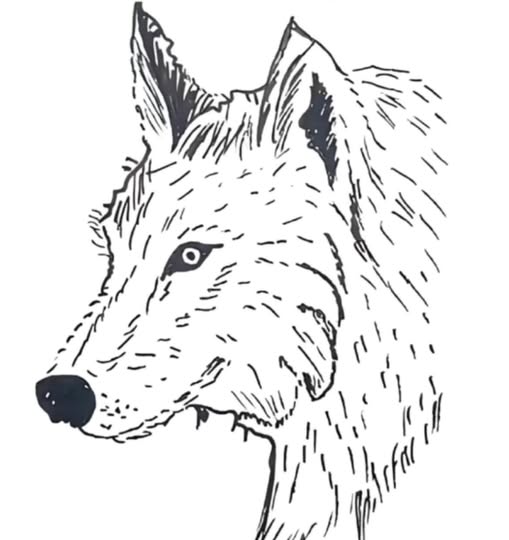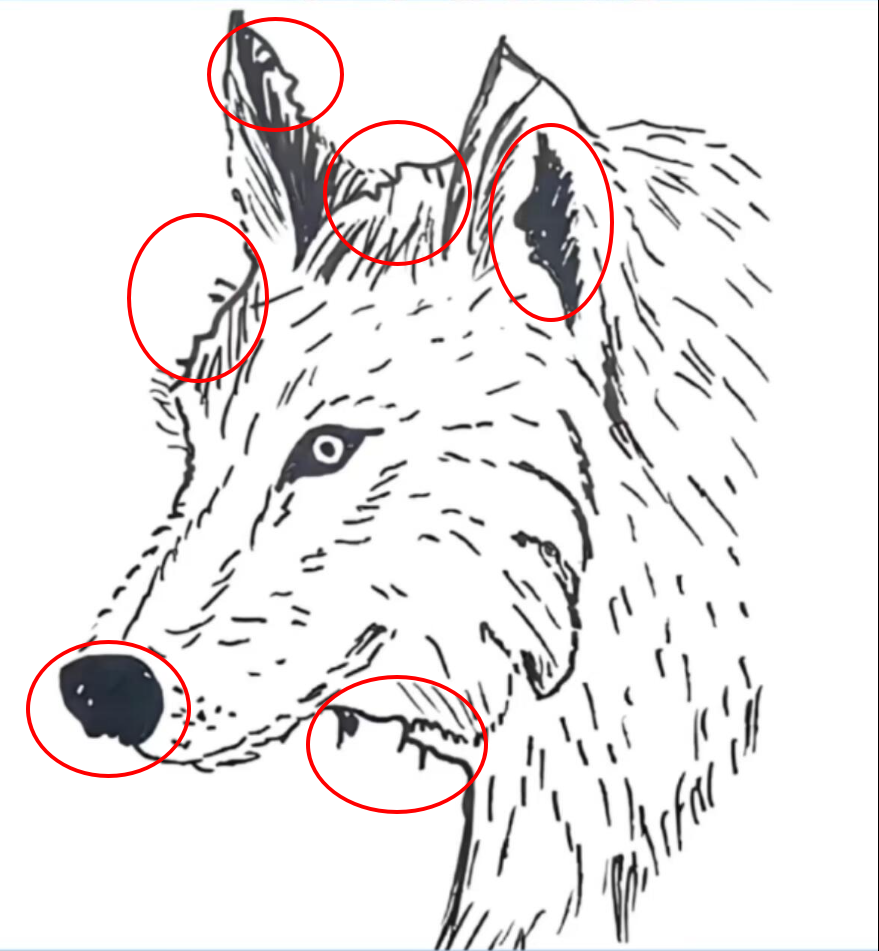Only 1% of People Can Find 6 the faces in 19 Seconds.
Wolves have long fascinated humans, symbolizing both the wildness of nature and the complex social bonds found within animal communities. The striking black-and-white sketch of a wolf’s head, with its intense gaze and detailed fur, perfectly captures the essence of this iconic creature—both fierce and intelligent.
In this comprehensive article, we’ll explore the captivating world of wolves, their behavior, ecological importance, and the enduring cultural significance that keeps these animals deeply embedded in our imaginations.

The Anatomy of a Wolf: More Than Just a Beautiful Face
The detailed sketch highlights key features that make wolves unique:
Sharp Eyes: Wolves have keen eyesight that helps them hunt and communicate.
Thick Fur: Their dense coat protects against harsh weather and blends with their surroundings.
Strong Ears and Snout: Vital for hearing distant sounds and picking up scents, these features make wolves expert trackers.
Understanding these physical traits reveals how wolves are perfectly adapted to survive in diverse habitats.
Social Structure: The Pack Mentality
Wolves are known for their complex social structures. Living in packs allows them to:
Coordinate Hunts: Working together increases success rates.
Protect Territory: Packs defend their home ranges from rivals.
Raise Young: Cooperative care helps pups survive and learn essential skills.
The pack is a family unit with clear hierarchies, emphasizing communication, loyalty, and cooperation.
.
.
.
.
.
.
Answer:



